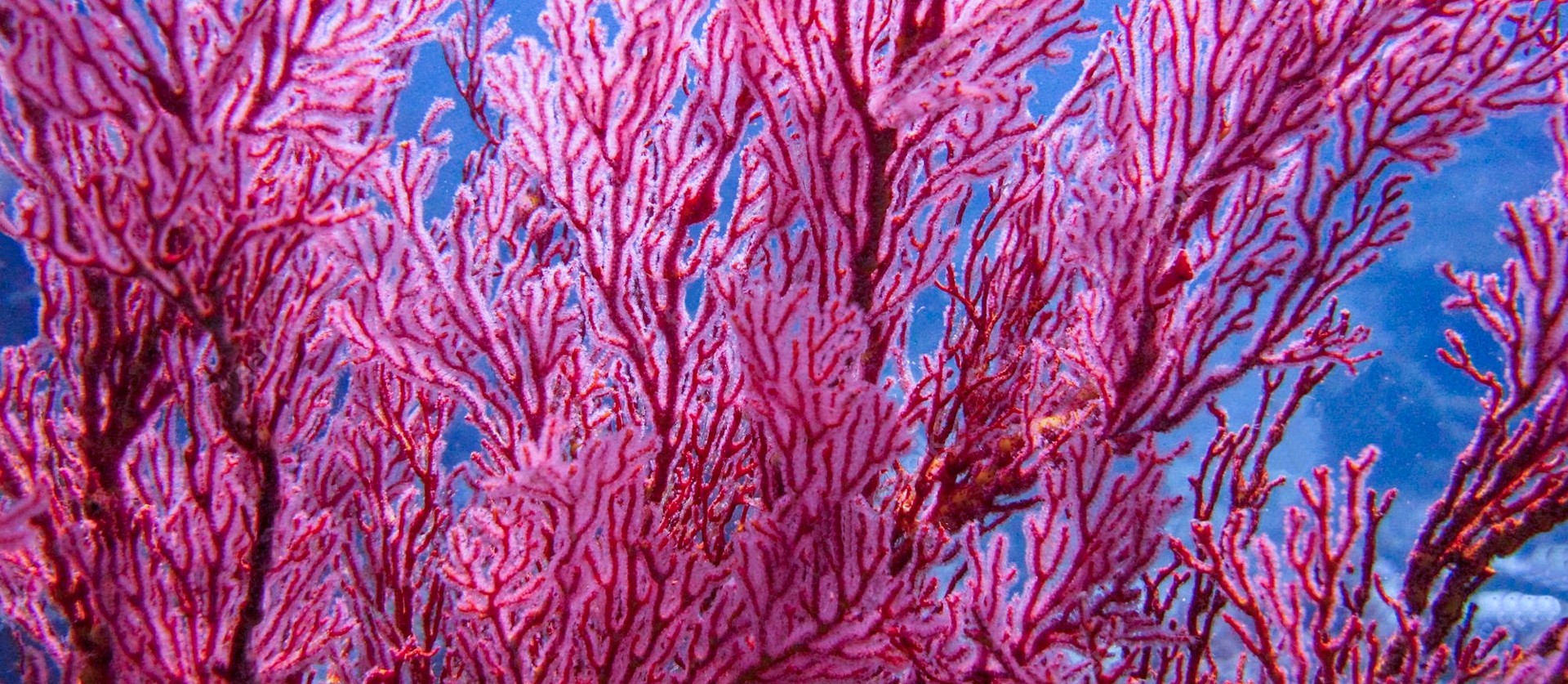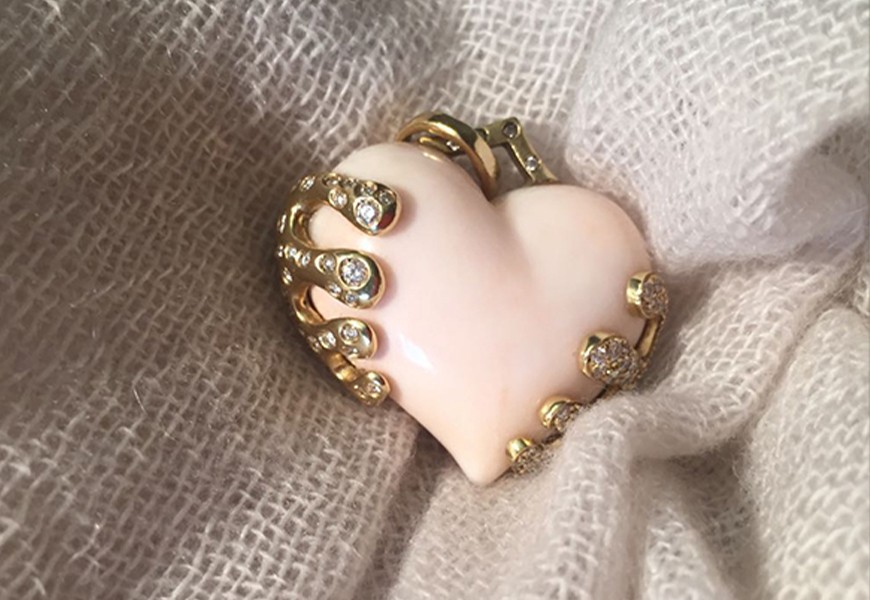Coral, the “Red Gold” of the Mediterranean

With its shades ranging from red to pink, orange to white, coral immediately evokes thoughts of summer and the sea, the environment from which it originates. Appreciated since the times of ancient Greece, it has always been attributed with almost supernatural virtues: for the ancient Romans, it was a talisman to wish a happy life to newborns, for pagans, a tool to ward off the evil eye and envy, and for Christians, an ornament for sacred reliquaries, as red coral represented the blood of Christ.
It is still widely used in jewelry today, although it is not actually a stone. What exactly is coral and why is it so appreciated and precious?
What Coral Is
It is not a mineral, as we have said, but neither is it a plant, as was long believed due to its branched structure, which makes it resemble a plant. Corals belong to the animal kingdom: they are in fact small polyps that live in colonies and can create a common skeleton. Coral reefs are true ecosystems, composed of different types of corals, in which thousands of species of fish, mollusks, crustaceans, and other animal and plant species, such as algae, live.
As Assocoral, the association of coral producers, emphasizes, it is important to specify that the coral used in jewelry does not come from coral reefs, which are protected by very strict laws that prohibit removing corals from them. Furthermore, these species would not be suitable for processing anyway, because they are too fragile.
Where it is Found: from the Mediterranean to Japan
Only 5 species are used for jewelry making, one native to the Mediterranean and the other four from the Pacific Ocean, particularly from Japan.
Corallium Rubrum
, the typical red coral, is found throughout the Mediterranean up to 200 meters deep and displays the characteristic red color, with different shades depending on the area where it lives. One of the most prized varieties is that of
The other four species are called Japanese Coral and are fished in the Pacific Ocean, up to 1,500 meters deep.

Pendant with coral, rose gold, and diamonds, signed DAVERIO1933
All Shades from Red to White
The color of corals depends on the place where they are collected.
Red coral, as we have seen, is typical of Mediterranean species, which can, however, take on different shades: in the area of Sciacca, Sicily, orange hues are found due to underwater volcanoes; elsewhere, very small quantities of pink coral have been discovered.
Among the Japanese species there are also red-colored ones, with different shades compared to the Mediterranean ones, while other varieties present orange tones. Pink coral and white coral always come from the Pacific Ocean.
How to Clean and Care for Coral Jewelry
For cleaning, simply use a soft cloth, without detergents or anything else.
The basic rules for jewelry care always apply: wear them only after creams, cosmetics, and perfumes have been absorbed and dried, and remove them before bathing or showering, to prevent bath foam or shampoo from damaging them. Even more important is not to wear coral at the sea or in the pool, as salt and chlorine could discolor it.
How to Recognize Real Coral
It is not uncommon to find fake coral jewelry: in most cases, so-called “bamboo coral” is used, a white marine plant that is then colored to imitate the real one. Other materials used are coral paste and roots, created with glass paste, plastic, or porcelain.
Often fake corals have a color that is too intense and artificial, but it is not always easy to recognize them. The best solution is always to consult an expert gemologist, who will be able to correctly evaluate the jewelry and discover any counterfeits.